The world’s traditional crafts villages represent living museums where ancient techniques still thrive in the hands of skilled artisans. These communities have preserved their heritage for centuries, passing down knowledge through generations while adapting to modern challenges. In an age of mass production and digital innovation, these villages stand as remarkable testaments to human creativity and cultural persistence.
Today, fewer villages than ever remain truly authentic, maintaining their original crafting traditions without surrendering to commercialization. Here’s a list of 20 traditional crafts villages that continue to practice their ancestral arts.
Kumartuli, India
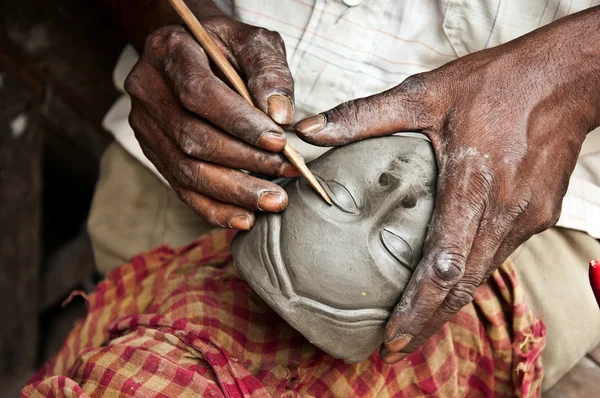
This pottery district in Kolkata has been crafting clay idols for over 300 years, with families passing down sculpting techniques through generations. The narrow lanes buzz with artisans shaping clay into intricate religious figures, especially during festival seasons.
Every tool and technique here connects directly to methods used centuries ago, though modern life creeps in around the edges.
Murano, Italy

Just a short boat ride from Venice, this island’s been the heart of Italian glassmaking since 1291. Master artisans still blow molten glass using medieval techniques, creating everything from delicate ornaments to massive chandeliers.
The furnaces here have burned continuously for over seven centuries, yet each piece emerges uniquely shaped by human hands.
Like Travel Pug’s content? Follow us on MSN.
Fez, Morocco
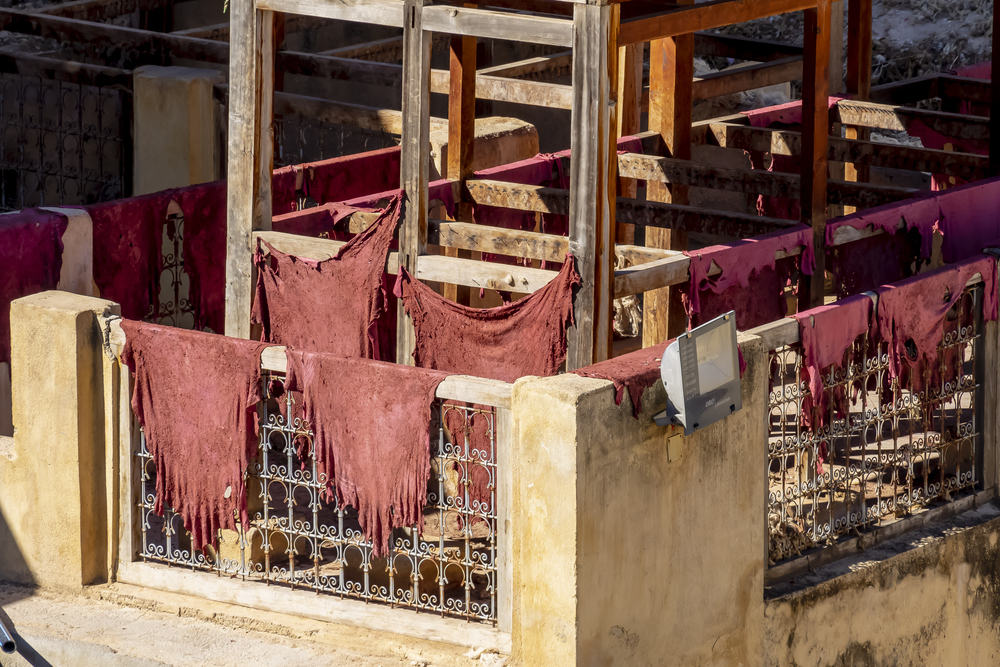
The ancient medina houses one of the world’s oldest leather tanneries, where hides are still processed using traditional methods dating back to the 11th century. Workers stand in stone vats filled with natural dyes, treating leather exactly as their ancestors did.
The pungent smell and vibrant colors create an assault on the senses that hasn’t changed in nearly a thousand years.
Shirakawa-go, Japan
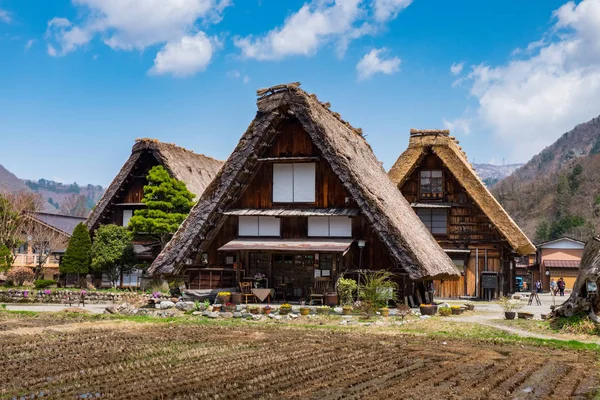
Nestled in the Japanese Alps, this village maintains the art of gassho-zukuri farmhouse construction, with steep thatched roofs designed to shed heavy snow. Local families continue to repair and rebuild these structures using techniques perfected over 250 years.
The entire community works together during roof replacement, just as they have for generations.
Giethoorn, Netherlands

Known as the ‘Venice of the North’, this village has specialized in traditional boat building since the 18th century. Local artisans still construct the iconic punter boats used to navigate the narrow canals, maintaining methods that haven’t changed since the village’s founding.
Every boat is hand-crafted using locally sourced materials and time-tested joinery techniques.
Like Travel Pug’s content? Follow us on MSN.
Cesky Krumlov, Czech Republic

This medieval town preserves traditional puppet-making, woodcarving, and glasswork in workshops that line its cobblestone streets. Artisans here create marionettes using patterns and techniques dating back to the 16th century, though tourism has brought both opportunities and challenges.
The workshops operate in the same buildings where artisans worked during the Holy Roman Empire.
Hallstatt, Austria
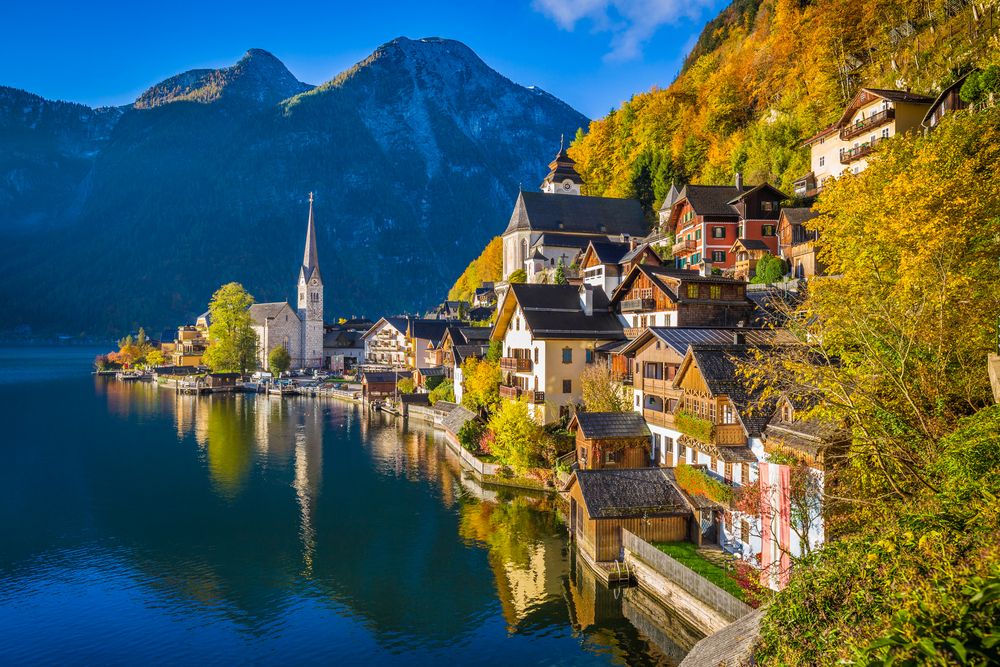
This lakeside village has been mining salt for over 4,000 years, making it one of the world’s oldest industrial settlements. Traditional salt-making techniques continue today, with workers extracting the ‘white gold’ using methods virtually unchanged since Celtic times.
The salt mine tours reveal tools and tunnels that’ve been in continuous use for millennia.
Chefchaouen, Morocco
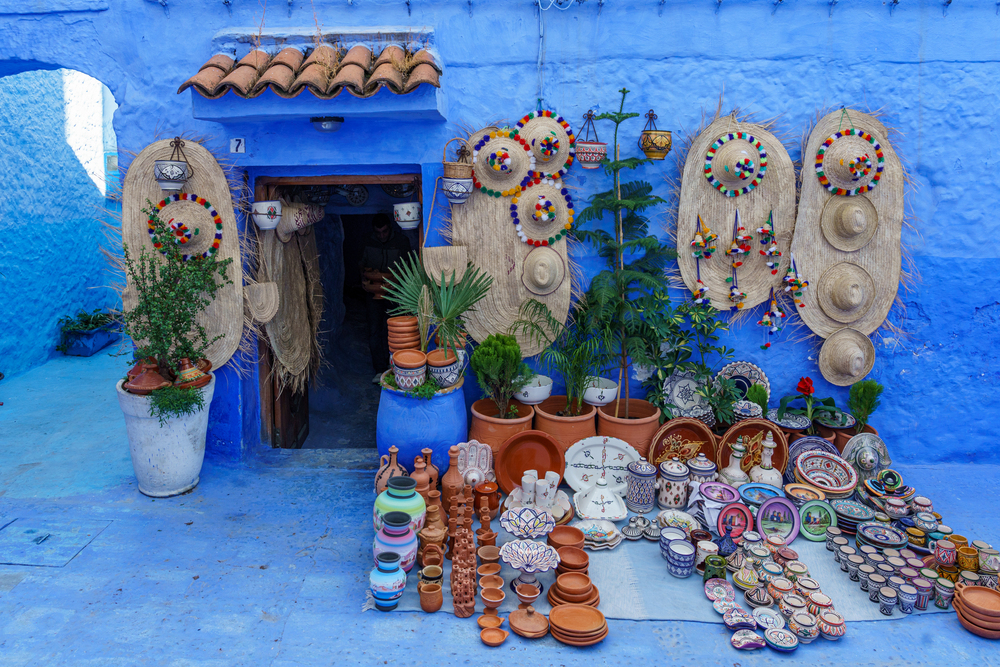
The blue-painted city in the Rif Mountains maintains traditional weaving and textile production, with families operating looms in their homes for generations. Women here create intricate carpets and blankets using patterns passed down through oral tradition.
The indigo dyes that color the city’s walls also tint the traditional fabrics produced in local workshops.
Like Travel Pug’s content? Follow us on MSN.
Rothenburg ob der Tauber, Germany
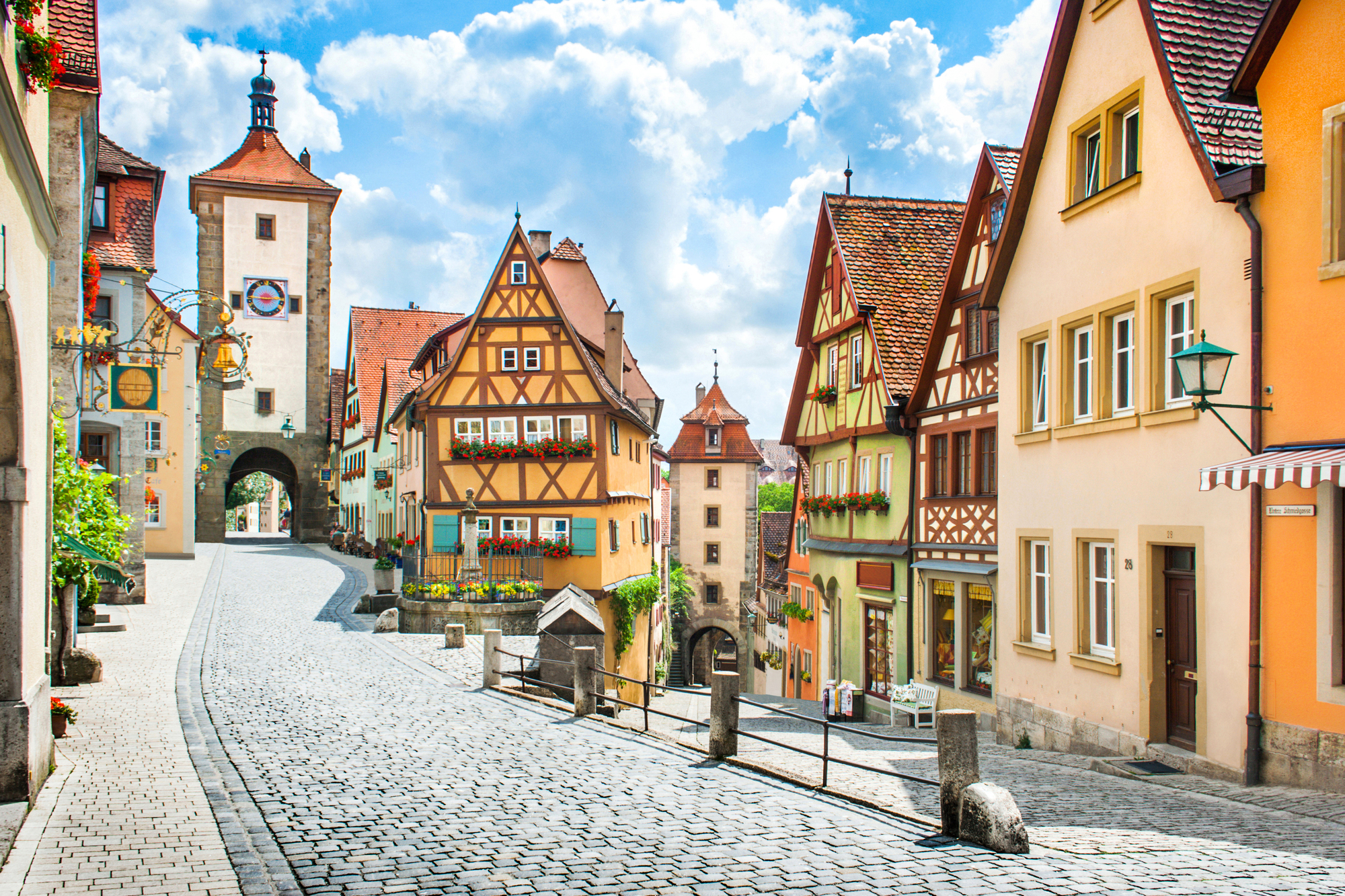
This medieval walled city preserves traditional woodworking and clockmaking crafts that flourished during the Middle Ages. Master artisans continue to carve cuckoo clocks and Christmas ornaments using hand tools and techniques dating back 500 years, though they’ve adapted to serve modern markets.
The workshops here supply traditional German crafts to buyers across Europe.
Sintra, Portugal

The hillside town maintains traditional azulejo tile production, with artisans hand-painting ceramic tiles using methods introduced by Moorish craftsmen in the 15th century. Local workshops continue to create the intricate blue and white patterns that adorn Portuguese buildings.
Each tile gets individually crafted and fired in kilns that follow centuries-old designs.
Gimmelwald, Switzerland
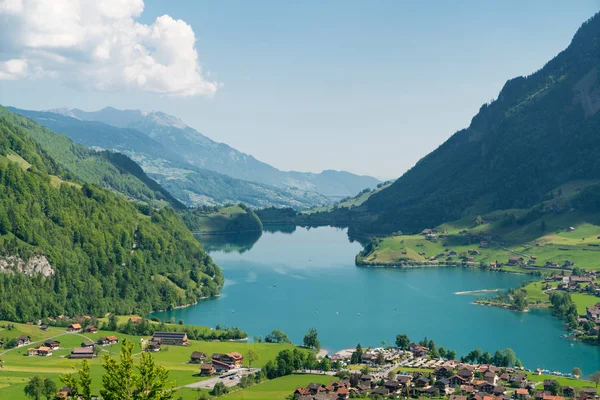
This car-free Alpine village preserves traditional mountain crafts including woodcarving, cheese-making, and textile production. Local families continue to practice transhumance, moving cattle to high pastures each summer using routes established over 800 years ago.
The village produces traditional Swiss crafts using materials sourced entirely from the surrounding mountains, though modern transportation has changed how they reach markets.
Like Travel Pug’s content? Follow us on MSN.
Monsanto, Portugal
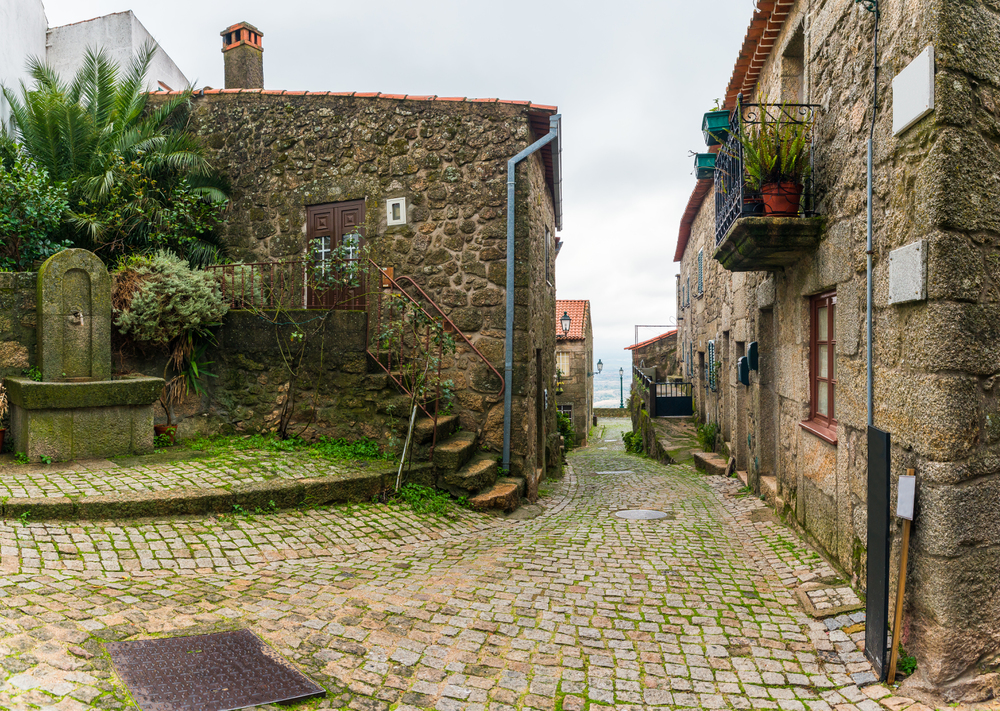
Built among massive granite boulders, this village employs traditional stone-cutting and masonry techniques that seamlessly integrate structures with natural rock formations. Local artisans continue to carve granite using methods developed when the village was founded in the 12th century.
Houses here appear to grow directly from the living rock, creating an almost supernatural harmony between human craft and nature.
Oia, Santorini, Greece

This clifftop village preserves traditional pottery-making techniques that have adapted to the island’s volcanic soil for over 3,000 years. Local artisans create ceramics using clay from ancient volcanic deposits, firing pieces in kilns carved directly into the cliffs.
The distinctive blue and white pottery reflects both local materials and centuries of cultural influence, yet each piece carries its maker’s individual touch.
Reine, Norway

Located in the Lofoten Islands, this fishing village maintains traditional boat-building techniques essential for Arctic waters. Local artisans continue to construct fishing boats using designs perfected by Viking shipbuilders over 1,000 years ago.
The boats are built to withstand the harsh conditions of the Norwegian Sea, just as they were in medieval times, though modern materials sometimes supplement traditional wood.
Like Travel Pug’s content? Follow us on MSN.
Washi Village, Japan

Hidden in the mountains of Gifu Prefecture, this community preserves the ancient art of handmade paper production. Artisans here create washi paper using mulberry bark and techniques dating back 1,300 years.
The entire process, from harvesting materials to the final pressing, follows methods documented in medieval Japanese texts, though contemporary artists have found new applications for this ancient craft.
Killybegs, Ireland
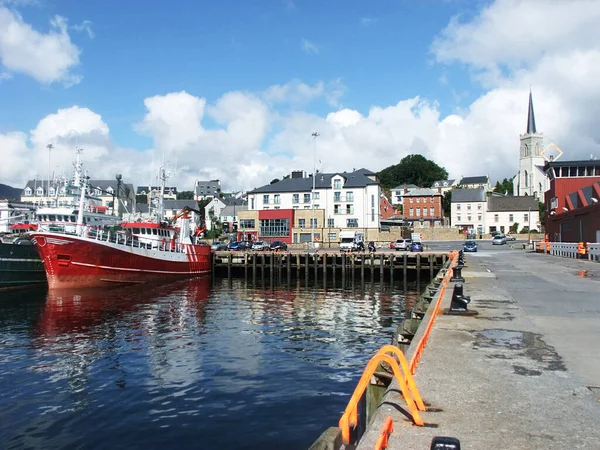
This coastal town maintains traditional currach boat-building, creating the distinctive canvas-covered vessels used by Irish fishermen for centuries. Local artisans continue to build these boats using willow frames and tarred canvas, exactly as their ancestors did.
The boats are perfectly adapted to Ireland’s rough coastal waters, while modern fishing techniques have given these traditional vessels new purposes.
Conques, France

This medieval pilgrimage town preserves traditional metalworking and enamel crafts that adorned religious artifacts for over 1,000 years. Local artisans continue to create cloisonné enamelwork using techniques developed by monastery artisans in the 11th century.
The workshops here supply churches across Europe with traditional religious metalwork, though secular applications have expanded their market reach.
Like Travel Pug’s content? Follow us on MSN.
Masouleh, Iran
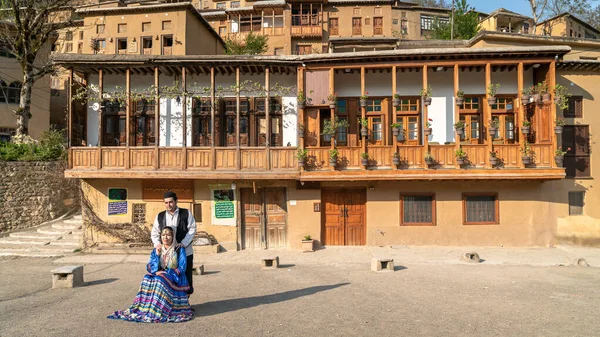
Built into a mountainside, this stepped village has maintained traditional carpet weaving and textile production, utilizing patterns that predate the Islamic conquest. Local families continue to create Persian carpets on looms set up in their terraced homes.
The designs and techniques here represent some of the oldest continuous textile traditions in the world, yet each carpet tells a story unique to its weaver.
Alberobello, Italy

This Puglia town preserves the art of trullo construction, building distinctive cone-shaped limestone houses using dry-stone techniques perfected over 600 years. Local masons continue to construct these structures without mortar, using methods passed down through generations of builders.
Each trullo is built to last for centuries, using only locally quarried limestone. Meanwhile, UNESCO recognition has brought both protection and increased tourism pressures.
Cochem, Germany
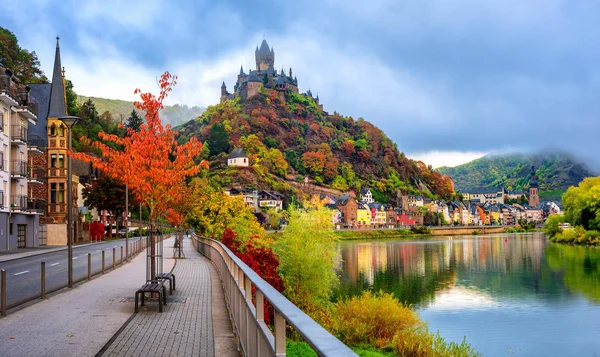
Situated along the Mosel River, this town maintains traditional winemaking crafts, including barrel-making and vineyard tools. Local coopers continue to craft wine barrels using oak-working techniques dating back to Roman times.
The steep vineyard terraces here are maintained using traditional stone-working methods developed over 2,000 years ago, though mechanization has changed some aspects of the harvest.
Like Travel Pug’s content? Follow us on MSN.
Where Ancient Hands Still Shape Tomorrow
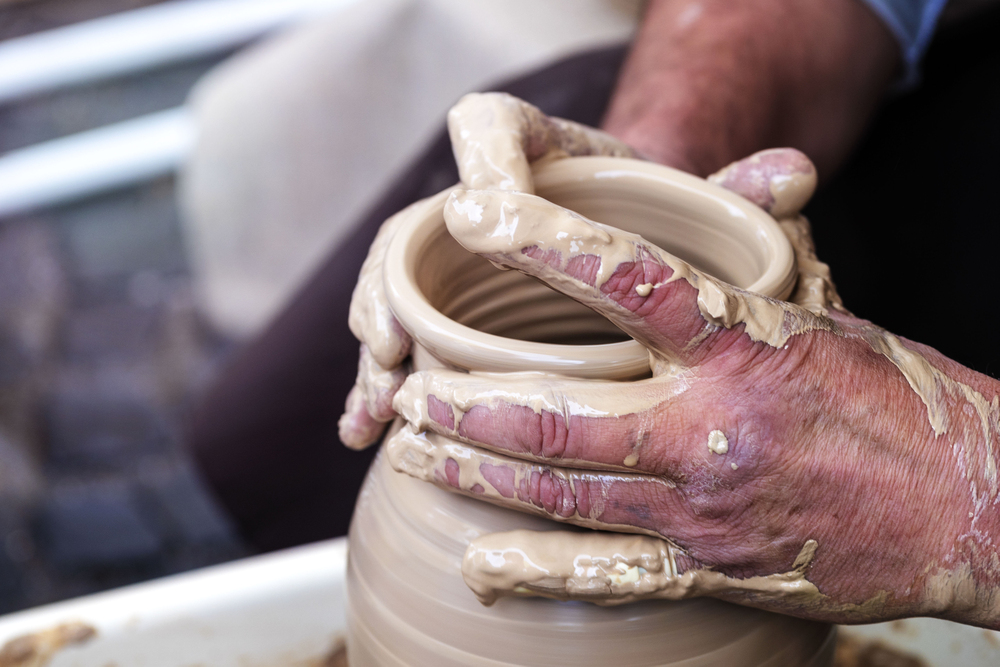
These villages prove that traditional crafts aren’t museum pieces but living traditions that continue to evolve while honoring their roots. Each community faces the challenge of balancing preservation with progress, while training new generations to maintain authentic techniques.
The artisans working in these places today carry forward thousands of years of human ingenuity, adapting ancient wisdom to contemporary needs. Their work reminds us that in our rush toward automation, there’s still profound value in the knowledge held by human hands, though the future of these traditions depends on finding ways to make ancient skills relevant in a modern world.
More from Travel Pug

- 20 Best Beach Towns in the Carolinas
- 13 Destinations Where Tourists Regularly Regret Their Trip
- 20 Things You Actually Get in First Class
- 20 Small Airports With Aviation Museums
- 20 Places in the U.S. That Are Perfect for a Reset Trip
Like Travel Pug’s content? Follow us on MSN.
